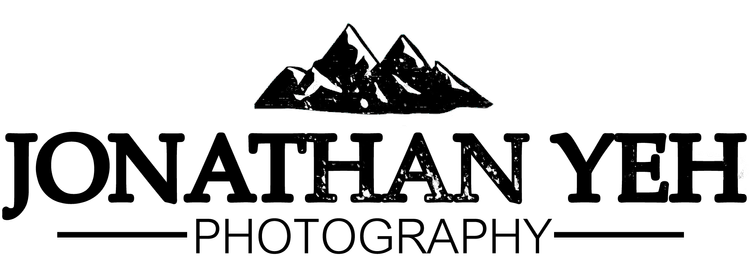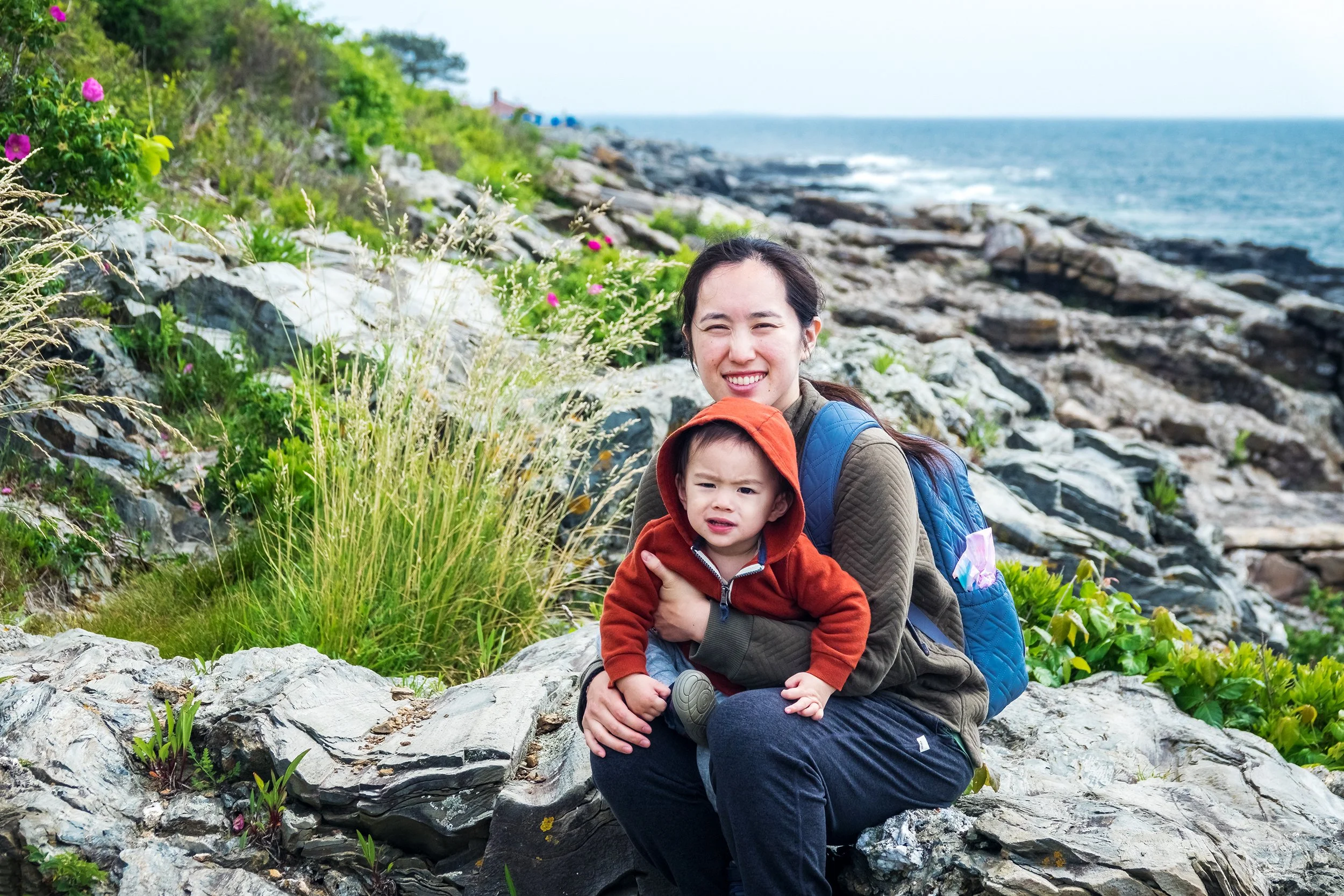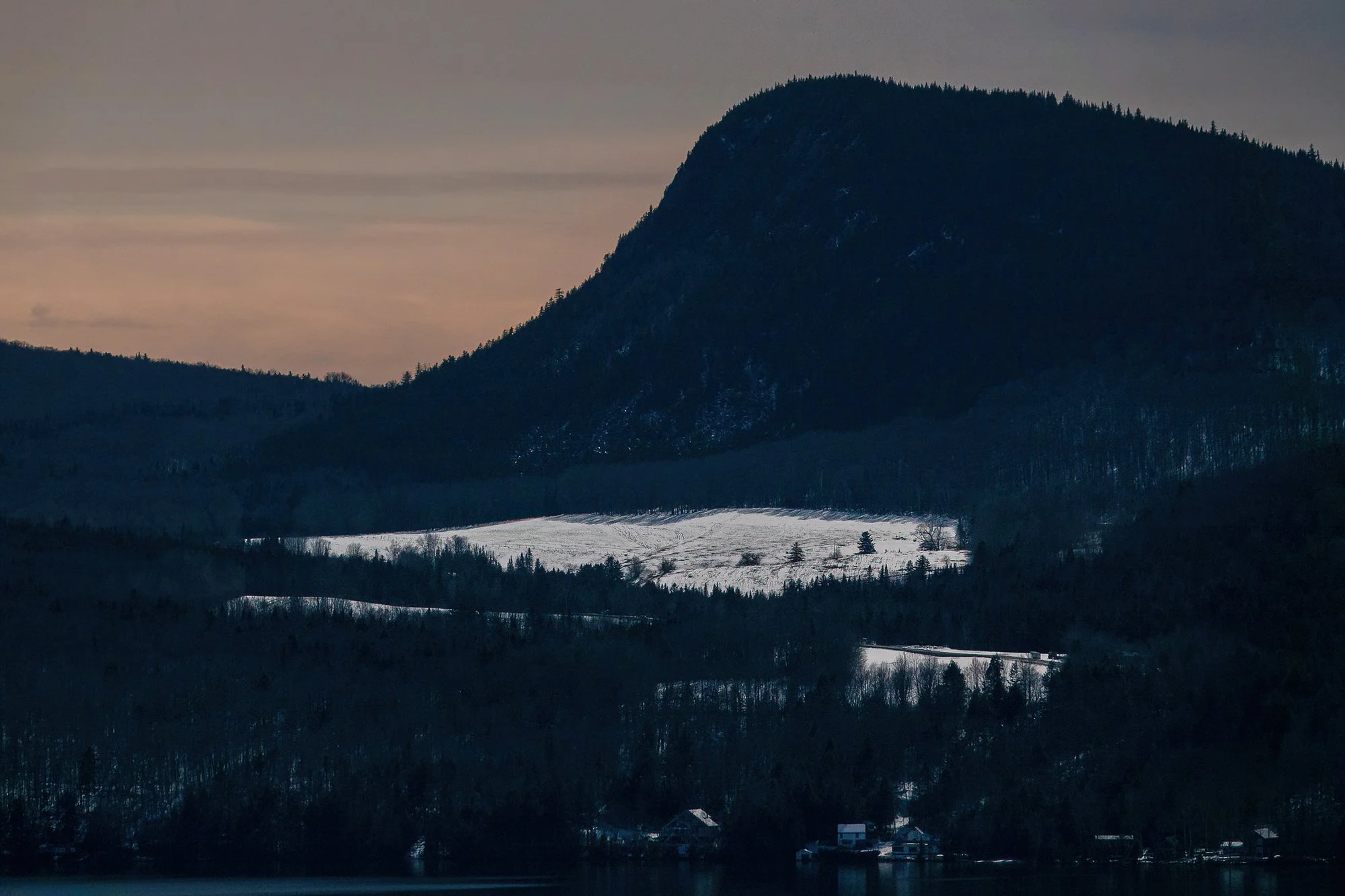To kick off Jordan’s first week of summer “vacation” (really, does a one-year-old need vacations from daycare? And who’s taking the vacation, anyways?), we take a Father’s Day weekend trip up to the coast of Maine. We’ve booked a motel room just a block off the ocean at Old Orchard Beach, and this long weekend will mark Jordan’s first time playing on a sandy beach, his first time at an amusement park, and his first Ferris wheel ride, among other wonderful summertime memories.
After a placid two-hour drive up the coast, we check into the Seabreeze Motel and offload our stuff (our life belongings) into the room. After Jane sets up his travel crib, Jordan has a happiness explosion in bed, jumping and laughing and dancing all over his mattress. The little man is developing a liking for new places and adventures, and I’m all for it. After Facetiming his grandparents, driving a few minutes up the road to buy dinner/groceries, and having a snack, we head out to explore the nearby amusement park and arcade. Jordan falls in love with a plush panda pillow at the candy shop next door, which promptly becomes our first trip souvenir. At the arcade, Jordan’s little toddler brain (which we’ve assiduously protected from screen time, minus some nature videos and My Neighbor Totoro) nearly melts from all of the flashing lights, sounds, gadgets, and screens. We sit for awhile in the fairground, Jordan watching all manner of amusement park rides that fling, whizz, and spin. After a brief walk to the beach, we head back to the motel; I drop half of my fruit smoothie on my foot on the way back down the street. After Jordan bathes and goes to sleep, I head back out alone to photograph the beach and amusement park at night.
The next day (Father’s Day Sunday), we spend the early morning playing a local park, and taking Jordan to the nearby Amtrak station so that he can see his first real train. After breakfast, we take a spin on the local town trolley; Jane and Jordan get off early to return to the motel for lunch, while I stay on to go back to the grocery store for drinks. It’s a lovely, warm morning, and I take a pleasant ten-minute stroll from the store back to our motel. In the afternoon, it’s back to the beach to ride the Ferris wheel. I’m probably the most scared of heights out of the three of us, while Jordan is mainly bothered by the relentless sun and the wind; for the first time ever, he grabs his sunglasses (which we’ve been largely using as a random household toy) and demands that we put them on his face. Jordan’s favorite ride, however, is the carousel - or rather, he enjoys watching it spin without riding it. After some time playing in the surf, we buy lobster rolls for dinner and head back to the motel.
On Monday morning, we choose to head north a ways to Cape Elizabeth, to visit the famous Portland Head Light and take a walk at nearby Two Lights State Park. For lunch, we return to Old Orchard Beach and get an enormous platter of fried seafood at The Clam Bake, which Jordan enjoys with a side of applesauce and fries. In the evening, it’s one more spin around the amusement park (Jordan mainly wanting to watch the carousel from the sidelines again) and to the train station to watch the passage of one more southbound Amtrak, before we tuck in for the night.

















































































